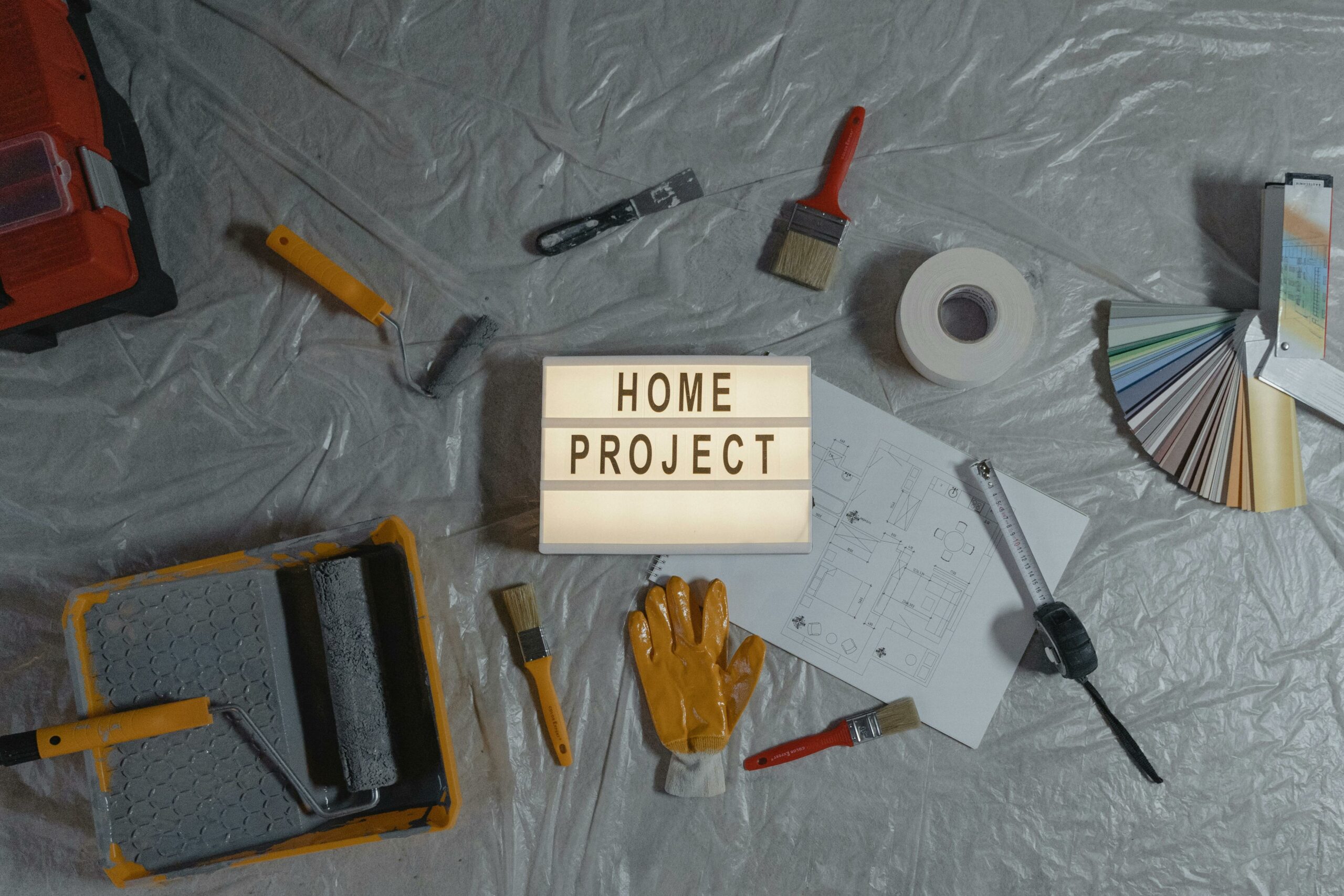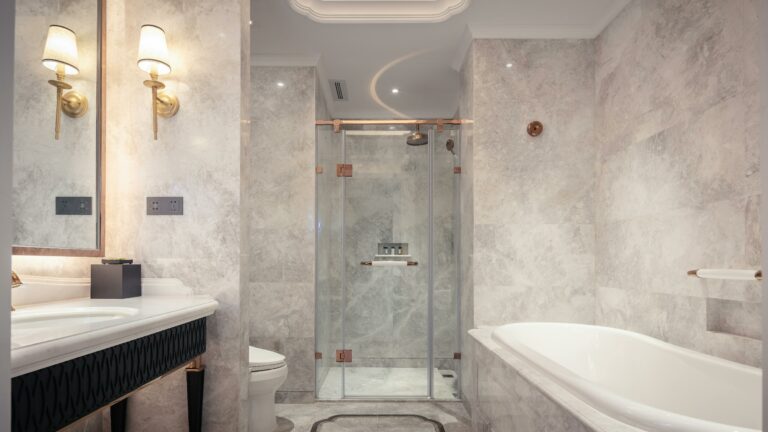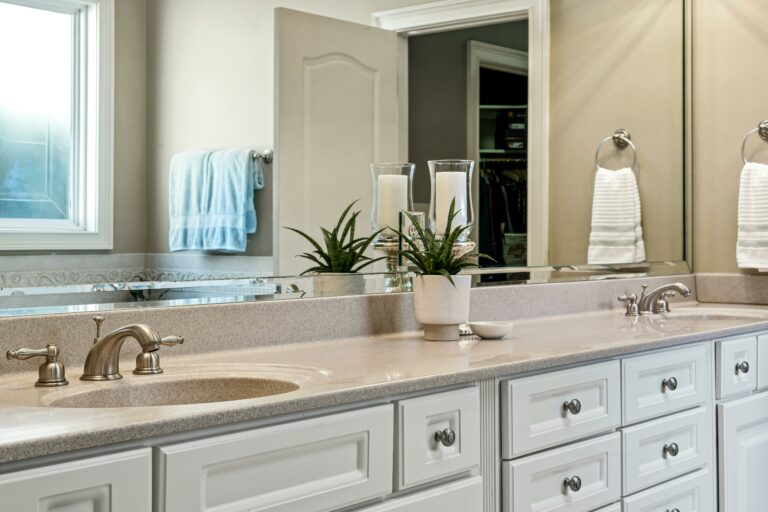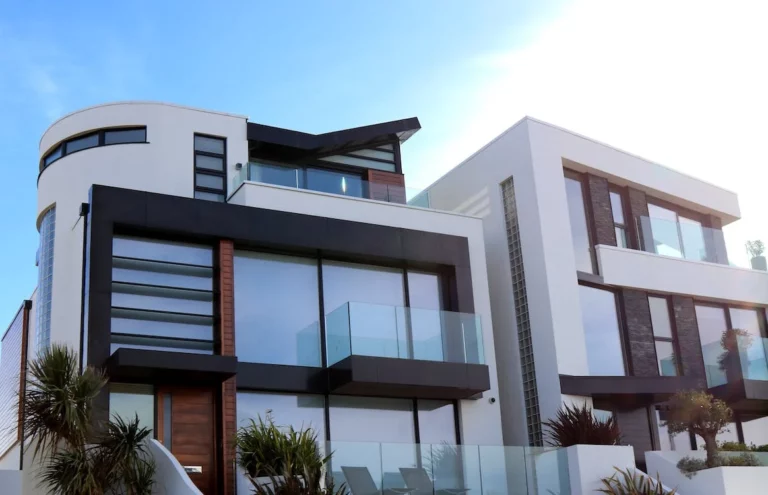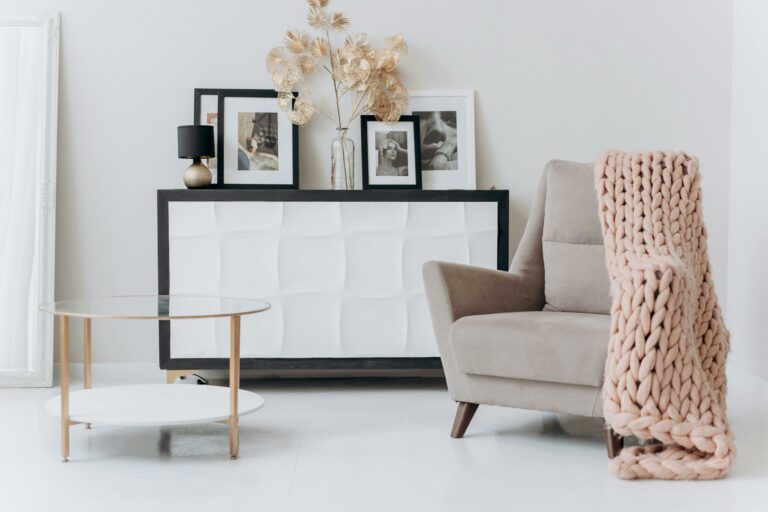Budget-Friendly Home Improvement Ideas for Homeowners
Homeownership is a dream for many people. However, once you have your own home, the expenses can quickly add up, especially when it comes to home improvements ideas. Fortunately, there are several budget-friendly ways to enhance your home without breaking the bank. In this article, we will explore cost-effective home improvement ideas that will give your home a fresh look and feel, while still being mindful of your budget. Whether you’re a new homeowner on a tight budget or simply looking to make some affordable upgrades, these tips will help you transform your space without emptying your wallet.
Let’s dive into some practical and creative ideas that will make a noticeable impact on your home without costing a fortune. From repainting walls to revamping outdoor spaces, we will cover a range of simple and affordable projects that can be done by homeowners with little to no professional help. Whether you’re looking to make a few small changes or tackle a larger renovation project, these budget-friendly ideas will help you create a home that you can be proud of. So, let’s get started on your journey to a more beautiful and comfortable living space!
Table of Contents
Cost-Effective Home Improvement Ideas
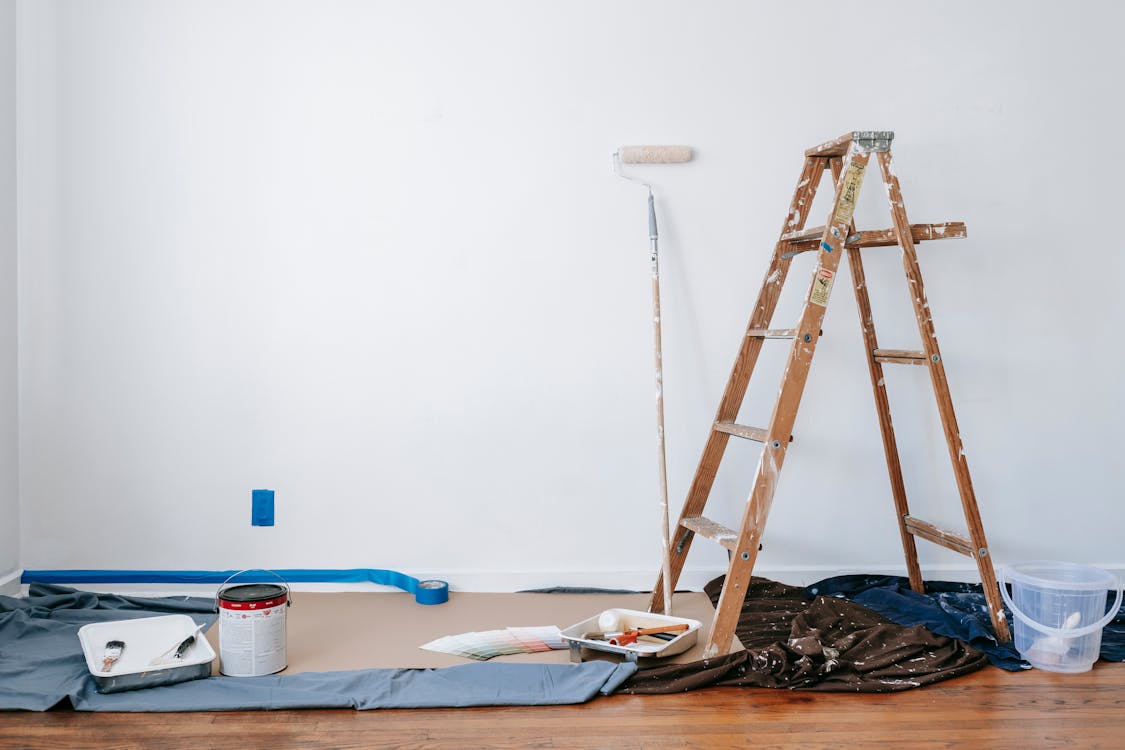
Home improvement doesn’t have to break the bank. With some creativity and resourcefulness, you can give your home a fresh new look without draining your savings. Whether you’re looking to spruce up your living space or increase the value of your property, these cost-effective home improvement ideas are sure to inspire you. So, roll up your sleeves and get ready to transform your home!
Repainting Walls
A fresh coat of paint can work wonders in transforming a room. It’s a relatively inexpensive way to breathe new life into your space and give it a whole new personality.
Here are some tips for repainting your walls on a budget:
- Choose neutral colors: Neutral colors are timeless and versatile, making them a safe bet when it comes to repainting. Plus, they’re more likely to appeal to a wider range of potential buyers if you’re considering selling your home in the future.
- Opt for paint samples: Before committing to a color, purchase small paint samples and test them on your walls. This will give you a better idea of how the color will look in different lighting conditions.
- DIY painting: Instead of hiring a professional painter, consider taking on the task yourself. With some patience and attention to detail, you can achieve professional-looking results without spending a fortune.
Upgrading Lighting Fixtures
Lighting plays a crucial role in setting the mood and ambiance of a room. By upgrading your lighting fixtures, you can create a more inviting and visually appealing space.
Consider the following ideas for cost-effective lighting upgrades:
- Swap out outdated fixtures: Replace old, worn-out light fixtures with more modern and energy-efficient options. You’ll be amazed at how much of a difference this simple change can make.
- Install dimmer switches: Dimmer switches allow you to adjust the level of brightness in a room, giving you more control over the ambiance. They’re relatively easy to install and can instantly enhance the atmosphere of any space.
- Utilize floor and table lamps: If you’re on a tight budget, consider adding floor and table lamps to your space. They’re an affordable way to brighten up dark corners and add a touch of style to your home.
DIY Shelving and Storage
Clutter can make a space feel cramped and disorganized. Investing in some DIY shelving and storage solutions can help maximize your space’s potential and keep things neat and tidy.
Here are a few ideas to get you started:
- Floating shelves: Install floating shelves to display decorative items, books, or even to store everyday essentials. They not only provide practical storage solutions but also add visual interest to a room.
- Repurpose old furniture: Get creative with repurposing old furniture pieces into storage solutions. Turn an old dresser into a functional TV stand or transform wooden crates into stylish wall-mounted shelves.
- Use hooks and pegboards: Hang hooks or install pegboards in your kitchen, bathroom, or garage to keep things organized and easily accessible. This simple and affordable solution can free up valuable counter and floor space.
Revamping your home doesn’t have to cost a fortune. With these cost-effective home improvement ideas, you can give your space a fresh new look without breaking the bank. So, roll up your sleeves, put on some music, and enjoy the satisfaction of transforming your home one project at a time!
How to Plan a Budget for Home Improvement Ideas
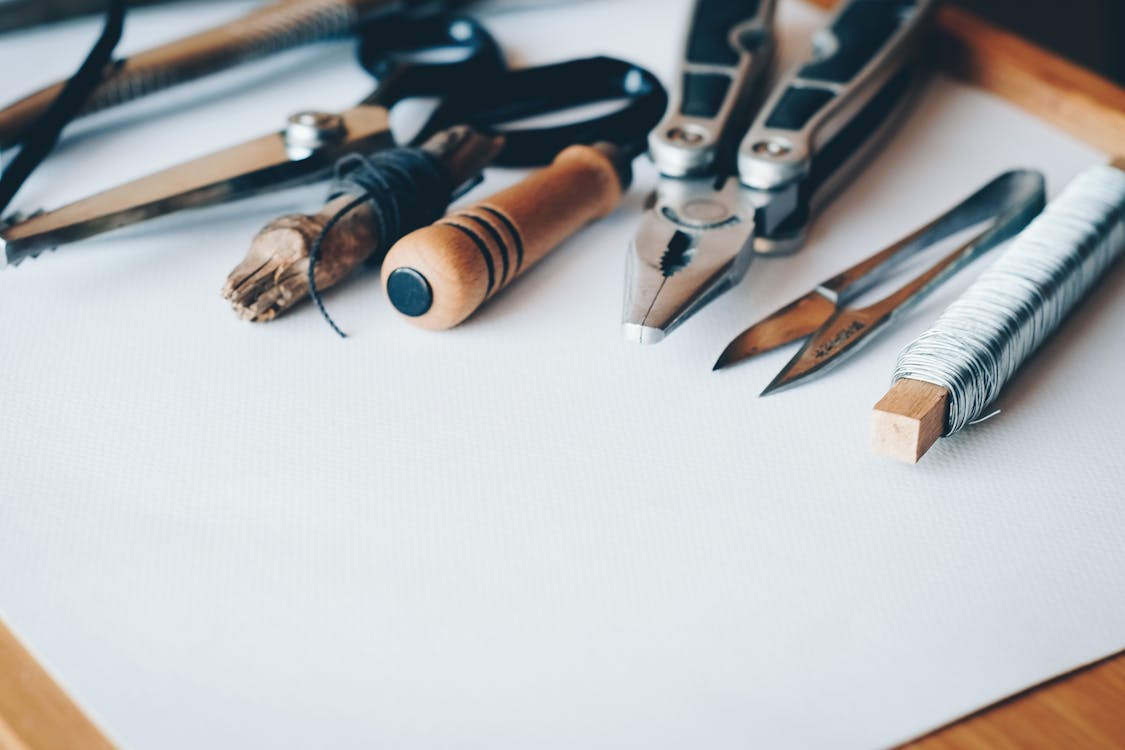
Imagine walking into your dream home, the one you’ve always wanted. The layout is perfect, the decor is stunning, and every detail reflects your personal style. You can almost picture yourself sitting in your newly renovated living room, soaking in the ambiance and enjoying the comfort of your space. But before you start tearing down walls and picking out paint colors, it’s important to plan your budget for home improvements with careful consideration.
Investing in home improvements can be exciting, but it can also be expensive if not properly planned. From small upgrades to major renovations, every project comes with a price tag. So, how do you ensure that you don’t break the bank while turning your home into your dream space? Here are some key steps to help you plan your budget effectively:
Prioritize Your Needs
Before diving into any home improvement project, take a step back and consider your needs. What are the key areas that require attention? Do you want to remodel your kitchen, upgrade your bathrooms, or create a cozy outdoor living space? Assessing your priorities will help you allocate your budget accordingly and avoid overspending on unnecessary projects.
Estimating Costs
Once you have identified your priorities, it’s time to estimate the costs involved in each project. Here are some factors to consider:
- Materials and Labor: Research the cost of materials such as flooring, cabinets, fixtures, and paint. Don’t forget to factor in the cost of professional labor if you plan on hiring contractors.
- Hidden Costs: Keep in mind that there may be hidden costs that can catch you by surprise. This could include unexpected repairs or the need for additional construction work due to underlying issues.
- Permits and Fees: Check if your local municipality requires permits for specific renovations, as this can add to your overall budget. Don’t forget to budget for any associated fees or inspections.
- Contingency Fund: It’s always a good idea to set aside a contingency fund of about 10-20% of your total budget. This will help cover any unforeseen expenses that may arise during the renovation process.
Saving and Financing Options
Once you have a clear picture of the costs involved, it’s time to explore your saving and financing options. Here are a few avenues to consider:
- Savings: If you have been diligently saving for your home improvements, it might be the perfect time to put those funds to good use. Evaluate your savings and determine how much you can comfortably allocate towards your project.
- Home Equity Loan or Line of Credit: If you have built up equity in your home, you may be eligible for a home equity loan or line of credit. This allows you to borrow against the value of your property to finance your renovations.
- Personal Loan: Another option to consider is a personal loan. This can provide you with the funds you need for your home improvements, which you can then repay over time through fixed monthly installments.
- Credit Cards: While it’s not always the ideal choice due to high-interest rates, using a credit card with a low-interest promotional period can be a viable short-term solution for smaller projects.
Planning your budget for home improvements can be a daunting task, but by prioritizing your needs, estimating costs, and exploring different saving and financing options, you can make informed decisions and avoid unnecessary financial stress. Remember, a well-planned budget is the foundation for turning your house into your dream home. So, take the time to carefully plan and enjoy the process of transforming your living space!
Budget-Friendly Home Improvement Ideas Materials

Are you looking to spruce up your home without breaking the bank? Well, you’re in luck! In this article, we will provide you with some practical and savvy tips for purchasing budget-friendly home improvement Ideas materials. Whether you’re planning a small renovation project or a complete makeover, these guidelines will help you find the best deals and make the most of your budget.
Buy in Bulk
One way to save money on home improvement Ideas materials is by buying in bulk. Purchasing items in larger quantities often comes with significant discounts or lower unit prices.
Here are a few reasons why buying in bulk can be a smart move:
- Cost savings: Buying in bulk allows you to take advantage of economies of scale, resulting in lower prices per unit.
- Reduced waste: By purchasing in bulk, you can minimize packaging waste, which is not only eco-friendly but also saves you money in the long run.
- Convenience: Having extra materials on hand can be beneficial for future projects or repairs without requiring another trip to the store.
When buying in bulk, it’s essential to assess your needs carefully and consider storage space limitations. You don’t want to end up with excess materials that you can’t use or store properly.
Shop During Sales
Timing is everything, especially when it comes to purchasing home improvement ideas materials on a budget. Keep an eye out for sales events, which are typically held during specific times of the year, such as holidays or season changes. Shopping during sales can offer several advantages:
- Discounts and promotions: During sales, retailers often offer significant discounts, special promotions, or bundle deals on a wide range of products.
- Clearance items: Sales events often feature clearance sections where you can find last season’s or discontinued items at heavily discounted prices.
- Negotiation opportunities: If you’re shopping at a local hardware store or negotiating with a supplier, sales events can be an ideal time to request additional discounts or negotiate on the price.
By planning your home improvement projects around sales events, you can take advantage of these cost-saving opportunities and get more value for your money.
Choose Quality Over Cheap
While it’s important to stick to your budget, it’s equally essential to prioritize quality over price when purchasing home improvement ideas materials. Investing in high-quality materials might initially seem more expensive, but it can save you money in the long run. Here’s why:
- Durability: Quality materials are typically more durable, meaning they will last longer and require fewer repairs or replacements over time.
- Energy efficiency: Investing in energy-efficient materials can help you reduce your monthly utility bills and save money on energy costs.
- Aesthetics: High-quality materials often have a more polished and attractive appearance, enhancing the overall look and value of your home.
When shopping for home improvement ideas materials, consider the long-term benefits and weigh them against the upfront cost. Opting for quality over cheap can lead to better outcomes and ultimately save you money down the road.
Consider Reclaimed Materials
If you’re looking for a unique and eco-friendly approach to home improvement, consider using reclaimed materials. Reclaimed materials are salvaged from demolition sites, old buildings, or other sources and then repurposed for various projects.
Here’s why considering reclaimed materials can be a great idea:
- Cost-effective: Reclaimed materials are often more affordable than brand new ones, as they are recycled or repurposed from existing sources.
- Unique and character-filled: Reclaimed materials often have a unique charm and character that can add depth and personality to your home.
- Environmental benefits: By using reclaimed materials, you contribute to reducing waste and the demand for new production, making it an eco-friendly choice.
When using reclaimed materials, make sure to inspect them for any damage, wear, or structural issues. It’s also a good idea to consult with professionals or experienced individuals who can guide you through the selection and installation process.
In conclusion, purchasing budget-friendly home improvement Ideas materials requires a combination of resourcefulness, strategic planning, and a little bit of creativity. By buying in bulk, shopping during sales, prioritizing quality, and considering reclaimed materials, you can transform your home while staying within budget. So go ahead and bring your vision to life without draining your wallet!
Home Maintenance and Improve in Low Costs

Home maintenance is often overlooked or put off by homeowners, but neglecting these essential tasks can lead to costly repairs down the line. Regular maintenance is key to ensuring that your home remains in good condition and to prevent small issues from becoming major headaches. By investing a little time and effort into routine checkups, fixing issues early, and taking protective measures, you can save yourself a significant amount of money in the long run.
Routine Checkups
Performing regular checkups on your home is crucial in identifying any potential problems before they escalate. By conducting routine inspections, you can catch issues early on when they are easier and less expensive to repair. Here are a few areas that you should inspect regularly:
- Roof: Check for any loose or missing shingles, signs of leaks, or damage caused by weather or wildlife.
- Gutters: Clear out any debris that may be clogging the gutters, which can lead to water damage if left unattended.
- Foundation: Look for any cracks or signs of settlement in the foundation, as these can indicate significant structural issues.
- Plumbing: Inspect pipes for leaks or corrosion, and ensure that all fixtures and drains are working properly.
- HVAC System: Change air filters regularly and have your HVAC system serviced annually to improve efficiency and prevent breakdowns.
Taking the time to inspect these areas and address any issues promptly can save you from experiencing costly repairs or extensive damage to your home.
Fixing Issues Early
When it comes to home maintenance, procrastination is not your friend. Small issues, such as a leaky faucet or a loose handrail, may seem insignificant at first, but they can quickly escalate into more significant problems. By addressing these small issues early on, you can prevent them from turning into costly repairs.
Here are a few examples of common issues that should be fixed promptly:
- Water Leaks: Even a small water leak can lead to mold growth, damage to walls or flooring, and increased water bills. Fix any leaks as soon as you notice them to prevent further damage.
- Electrical Problems: Faulty wiring or electrical issues can pose a significant safety risk. If you notice flickering lights or outlets that aren’t working correctly, it’s essential to have them fixed by a professional electrician promptly.
- Cracks in Walls or Ceilings: Cracks may indicate underlying structural issues or water damage. Repairing these cracks early on can help prevent further deterioration and more extensive repairs.
Remember, by fixing these minor issues as soon as they arise, you can avoid larger and costlier problems down the road.
Protective Measures
In addition to regular checkups and addressing issues promptly, taking protective measures can help keep your home in optimal condition and minimize the need for expensive repairs.
Here are a few essential steps you can take to protect your home:
- Weatherproofing: Seal any gaps or cracks around windows and doors to prevent drafts and water leaks. This will not only keep your home more comfortable but also save energy and reduce utility bills.
- Pest Control: Regularly inspect your home for signs of pests and take preventive measures to keep them at bay. This can include sealing cracks and openings, keeping your home clean and clutter-free, and investing in professional pest control services when necessary.
- Proper Ventilation: Ensure that your home has adequate ventilation in areas such as bathrooms and kitchens to prevent mold and mildew growth. Proper ventilation can also prolong the lifespan of appliances and reduce humidity levels.
By implementing these protective measures, you can maintain the integrity of your home and prevent costly repairs resulting from preventable damage.
As a homeowner, it’s crucial to prioritize regular home maintenance to keep improvement costs low in the long run. By conducting routine inspections, addressing issues promptly, and taking protective measures, you can save yourself from the financial burden of costly repairs and ensure that your home remains in excellent condition for years to come. Remember, a little time and effort invested now can lead to significant savings and peace of mind in the future.
Also Read : Affordable Minimalist Furniture for Homeowners: Stylish and Budget-Friendly Furniture
Conclusion
In conclusion, implementing budget-friendly home improvement ideas can help homeowners transform their spaces without breaking the bank. By repainting walls, upgrading lighting fixtures, and adding DIY shelving and storage, individuals can give their home a fresh and stylish look. Revamping outdoor spaces, refreshing curtains and blinds, and restyling furniture can also make a significant impact on the overall aesthetic.
When planning a budget for home improvements ideas, it’s important to prioritize needs, estimate costs, and explore saving and financing options. By being mindful of expenses and exploring different avenues for funding, homeowners can effectively manage their budget.
Additionally, when purchasing materials for home improvement ideas projects, buying in bulk, shopping during sales, choosing quality over cheap, and considering reclaimed materials can help save money without compromising on quality.
Lastly, maintaining a home regularly through routine checkups, fixing issues early, and implementing protective measures can significantly reduce long-term improvement costs.
Remember, home improvement ideas is not just about enhancing the appearance of your home, but also about creating a comfortable and functional space that suits your lifestyle. So, get inspired, plan your budget, and start transforming your home today!
For more information and inspiration on architecture, home and interior design, decoration ideas, and kitchen and bathroom design, visit Arkitecture Today.
Frequently Asked Questions
- What are some budget-friendly home improvement ideas for homeowners?Some budget-friendly home improvement ideas for homeowners include: 1. Repainting walls and cabinets, 2. Updating lighting fixtures, 3. Refurbishing furniture, 4. Adding decorative mirrors, and 5. Installing energy-efficient appliances.
- How can repainting walls and cabinets be a budget-friendly home improvement idea?Repainting walls and cabinets is a cost-effective way to refresh the look of your home. It gives a fresh coat of paint can make a big difference and create a new atmosphere without spending a lot of money on new furniture or decor.
- Why is updating lighting fixtures considered a budget-friendly home improvement idea?Updating lighting fixtures can instantly transform the ambiance of a room without breaking the bank. Swapping old light fixtures with modern, energy-efficient options can enhance the overall style and functionality of your home.
- How can refurbishing furniture help homeowners on a budget?Refurbishing furniture instead of buying new pieces can save homeowners a significant amount of money. By repainting, reupholstering, or refinishing old furniture, you can give it a new lease of life and add a personal touch to your home without splurging on new items.
- Why are decorative mirrors suggested as a budget-friendly home improvement idea?Decorative mirrors can be an affordable way to add depth, light, and style to your home. They create an illusion of space, reflect natural light, and can be used as decorative focal points, making them a cost-effective home improvement ideas option.

